Air classification is a significant process in which small particles are filtered by leveraging the opposing forces of centrifugal force and aerodynamic drag. An air classifier can accurately, predictably, and effectively sort particles by mass, resulting in a coarse particle fraction and a small particle fraction.
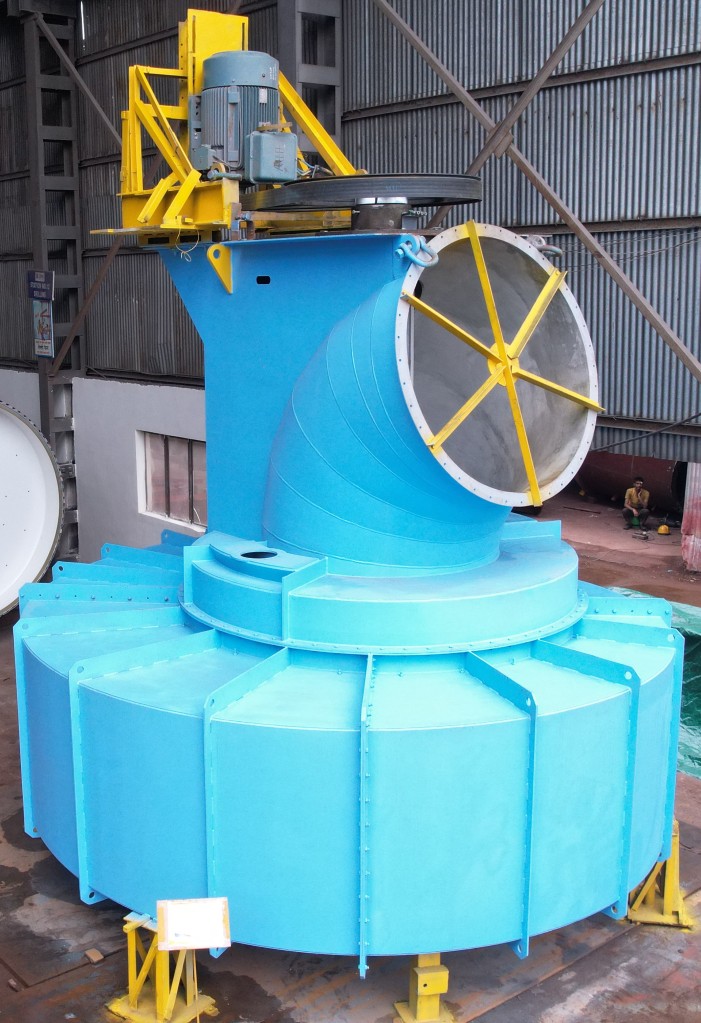
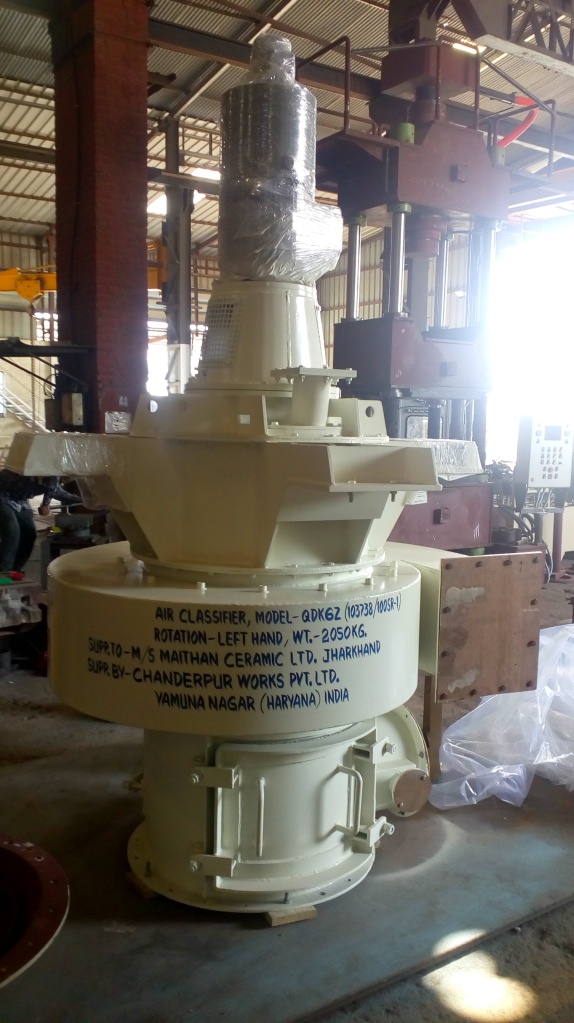

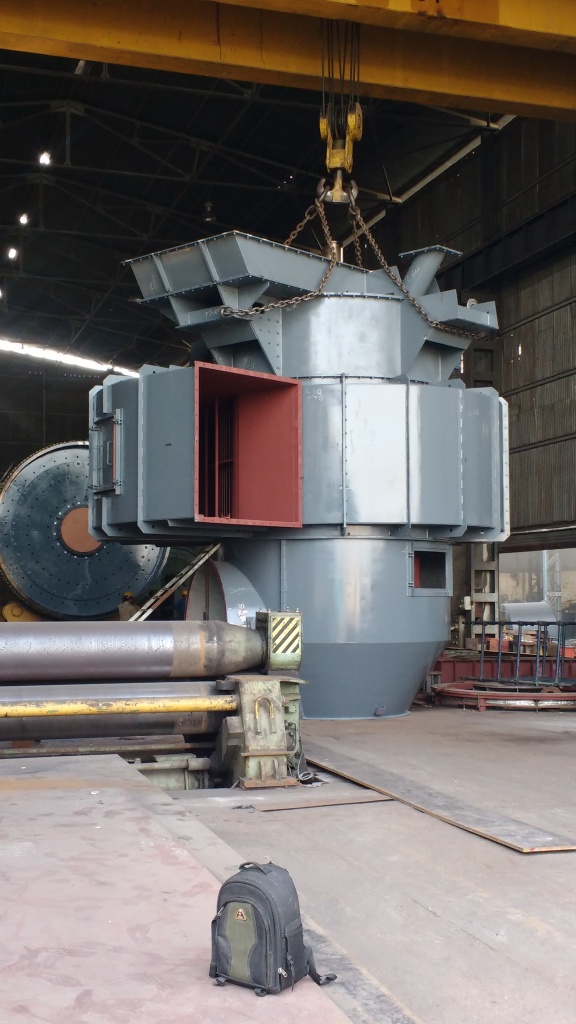
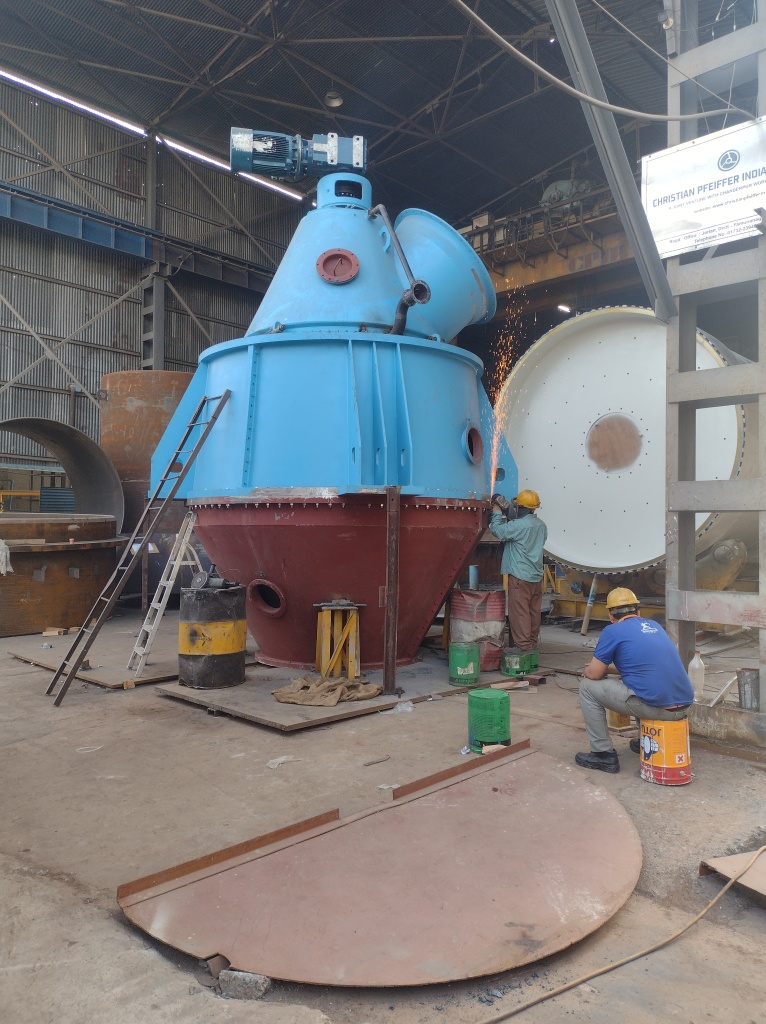
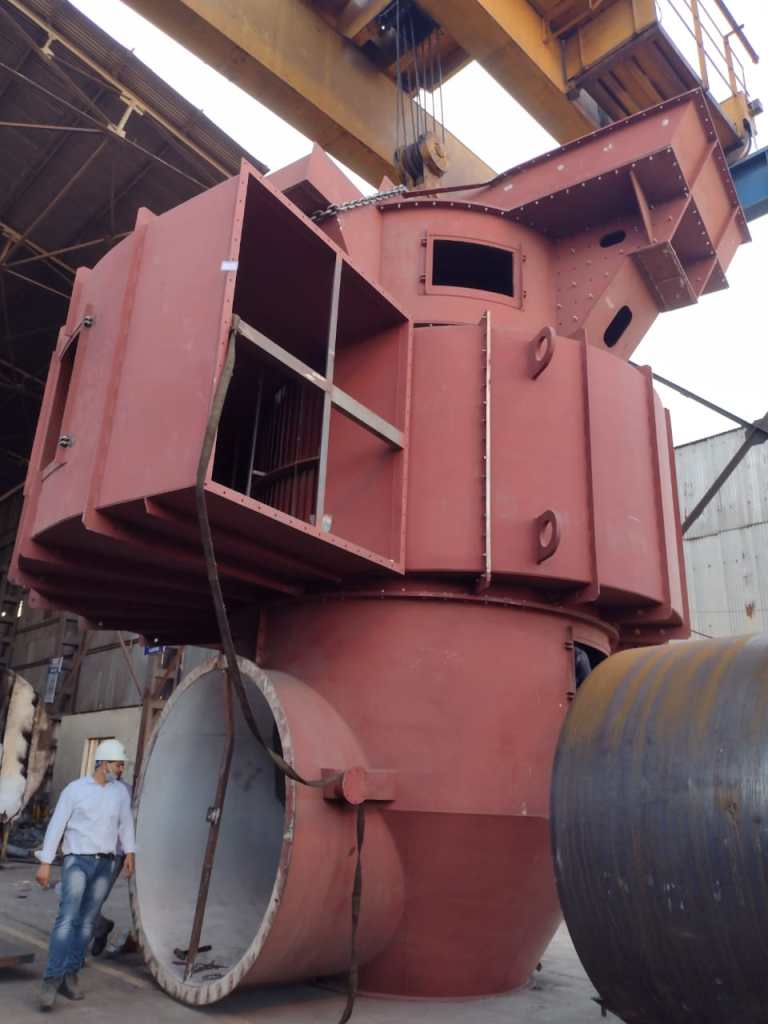
The coarse particle fraction, which is opposed outward by the centrifugal field, is conveyed out of the Classifier through the coarse outlet and captured in a cyclone. The cyclone overflow is backed to the Classifier through the recycle port. The small particle fraction leaves the Classifier through the central “fines” outlet with the main airflow.
Key Benefits of Air Classifier
Prater Air Classifiers are manufactured to provide ultra-fine separation and narrow particle distributions for dry bulk materials. General air classifiers offer size separations in the range of 3 to 150 microns. They are suitable as a stand-alone process that contains a feeder and a dedicated dust collection system. They are equally ideal for “closed-circuit” grinding when combined with a conventional milling system.
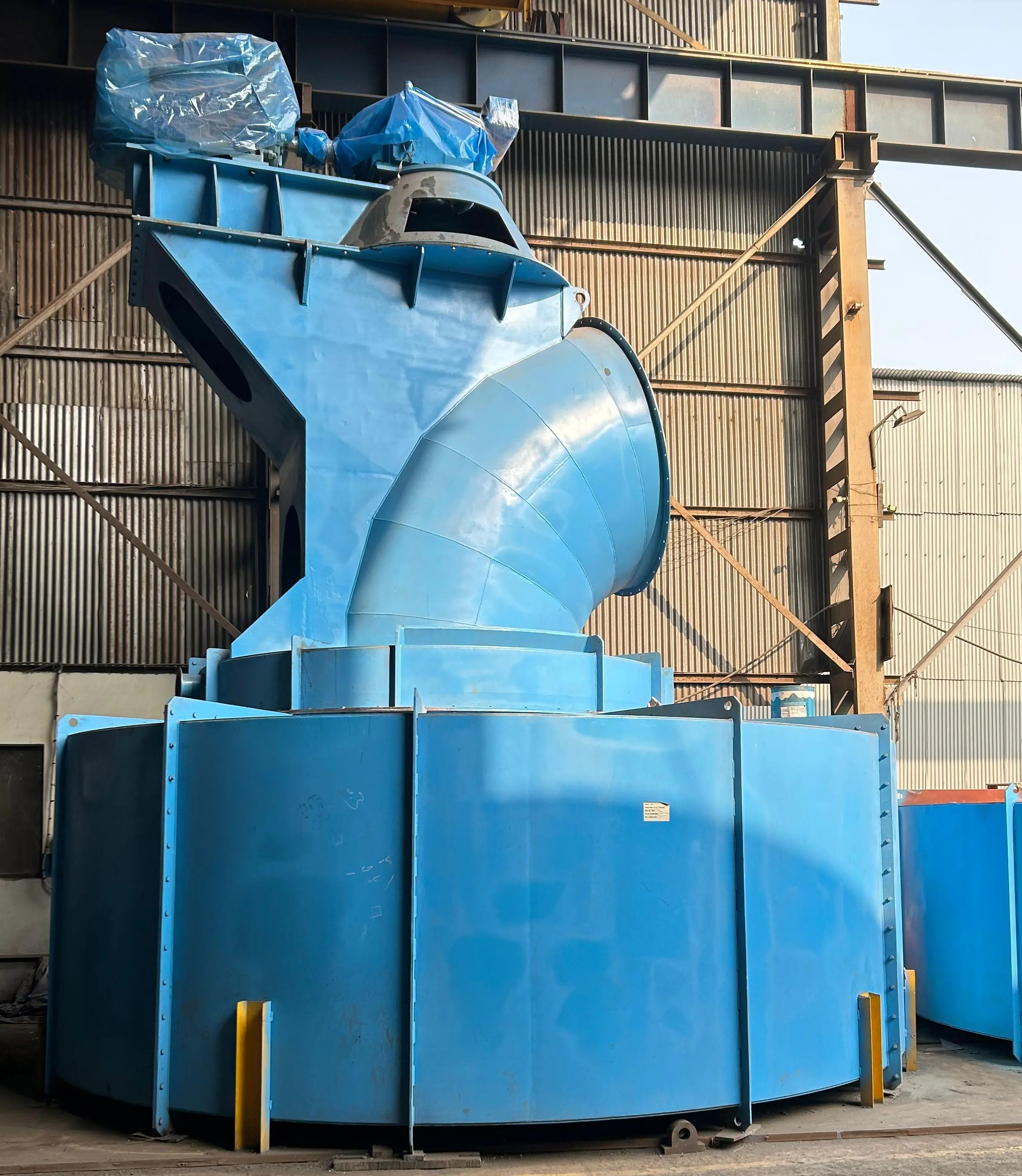
Prater Air Classifiers are designed and created for amazing performance and long life. The proprietary design ensures that feed material entering the classifying vortex is strong by any re-circulating coarse fractions. Moreover, an adjustable secondary air stream enhances particle collection. Prater Air Classifiers can rapidly be installed in existing air systems with minimal improvement.
Crucial Features of Air Classifier
Important features of Prater Air Classifiers include:
- Durable, strong fabrication in either carbon or stainless steel
- State-of-the-art, accurately manufactured, constant-diameter rotors for the most effective separation possible.
- Precise control of the cut point by different rotor speed
- Reduced airflow resistance (pressure drop) designed for low power usage.
Reasons to Consider In-house Air Classifier
- If the cost of shipping your equipment to and from a processing facility is cutting into your product margins too much, you may want to consider investing in an air classification setup of your own. This is especially feasible if your operations are nowhere near a processing facility, or your materials require special (and costly) handling instructions.
- If you are lucky enough that your product is in high demand and constantly in production, then the better long-term financial option may be to air-classify your materials entirely or partially in-house. While it likely won’t be cost-effective to run small batches at non-regular intervals, regular full-scale production would certainly warrant an equipment purchase.
- If you simply cannot wait for your material to be built or processed and shipped or don’t have the warehouse space to store it in bulk, then you may want to consider air classifying it at your own space. Many organizations depend on time-sensitive or made-to-order purchases which would greatly benefit from cutting out the middleman.
- Finally, you can consider air classifying in-house– quite simply – because you can. If you have sufficient room in your facility to fit the equipment, enough money to invest, and the devoted staff members to operate it, then it’s an internal discussion you should have with your team.
If you are looking to buy an air classifier, visit our website at Chanderpur Group.